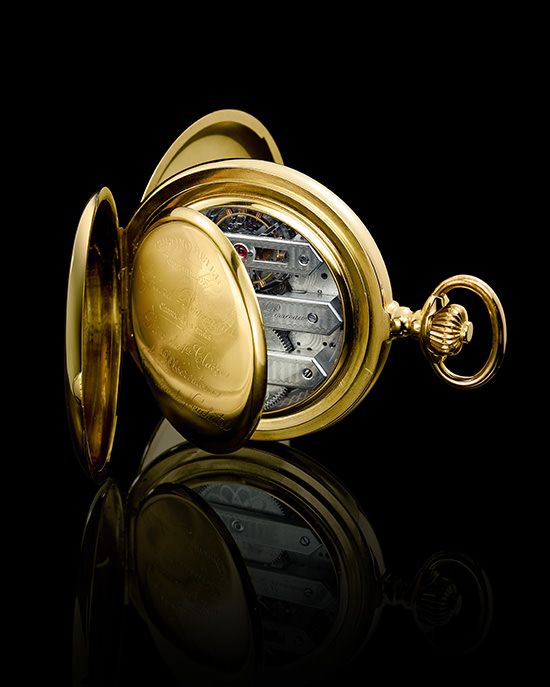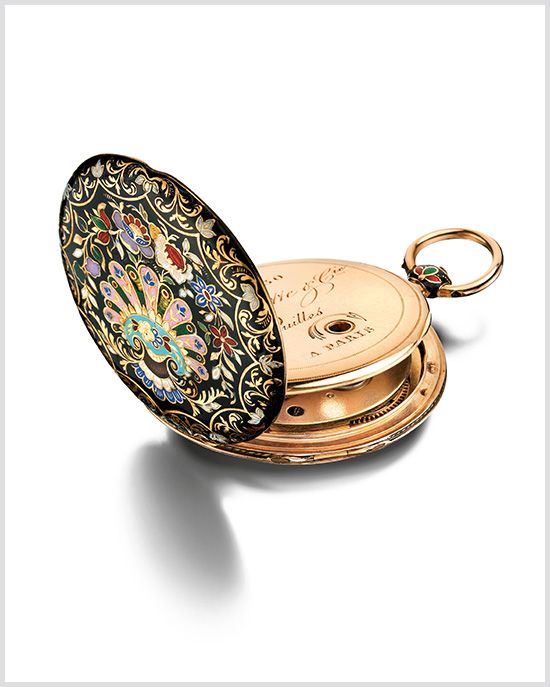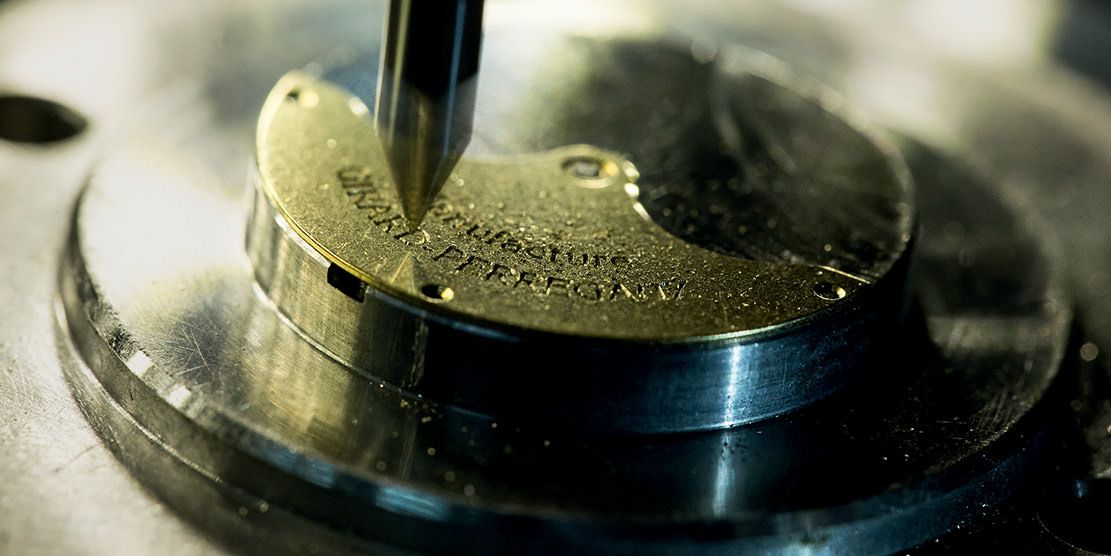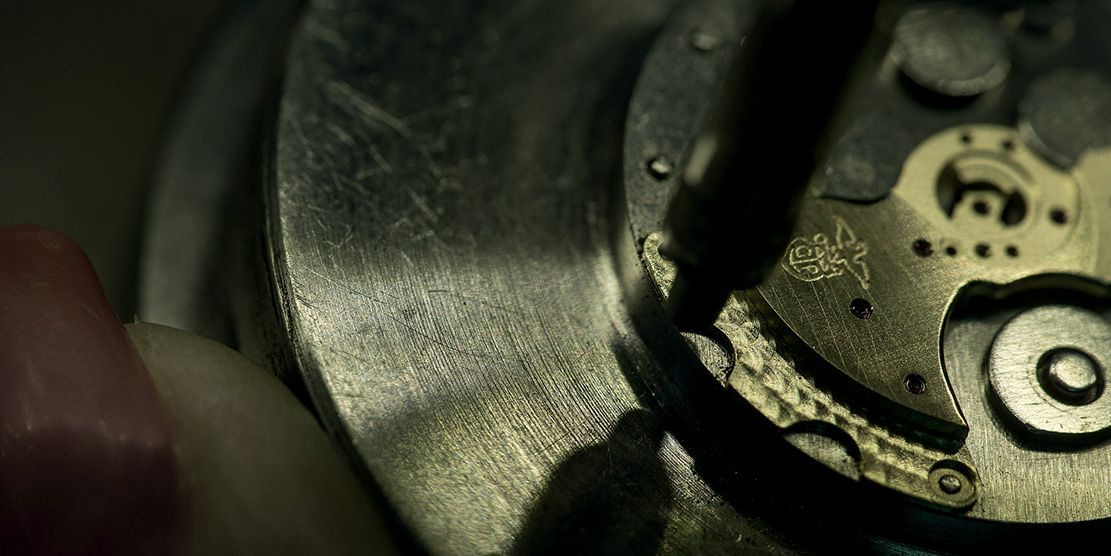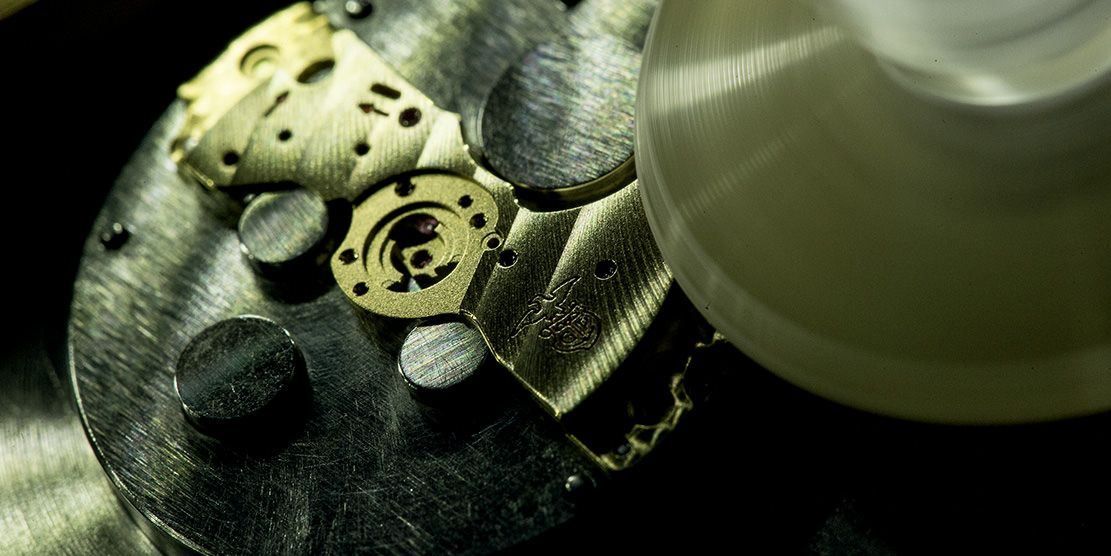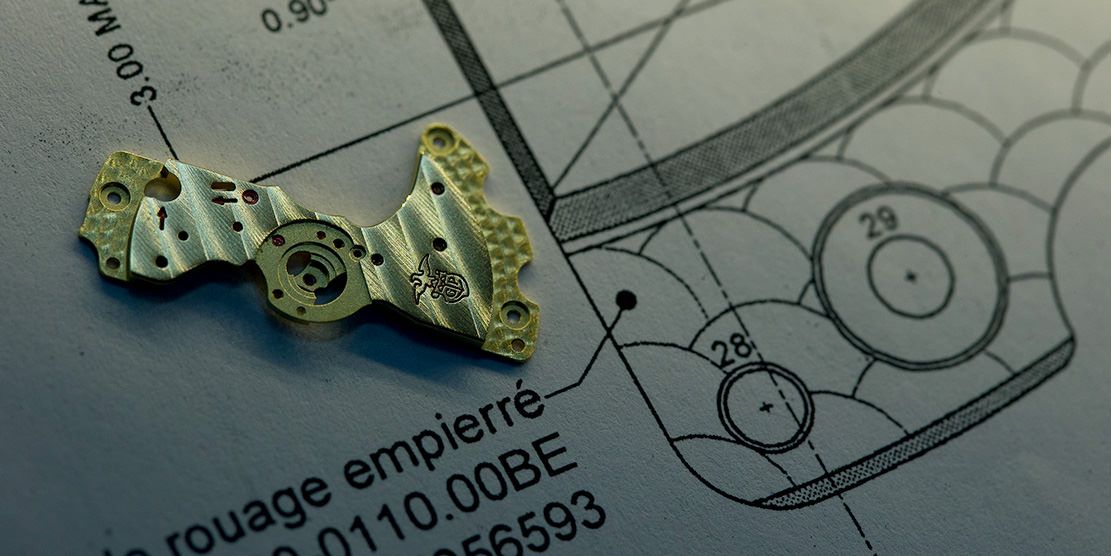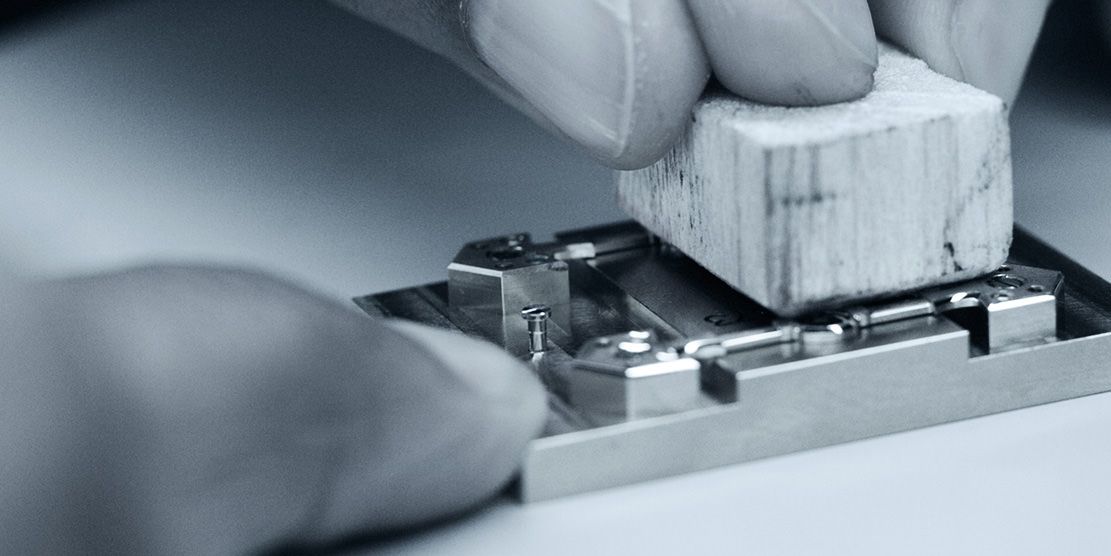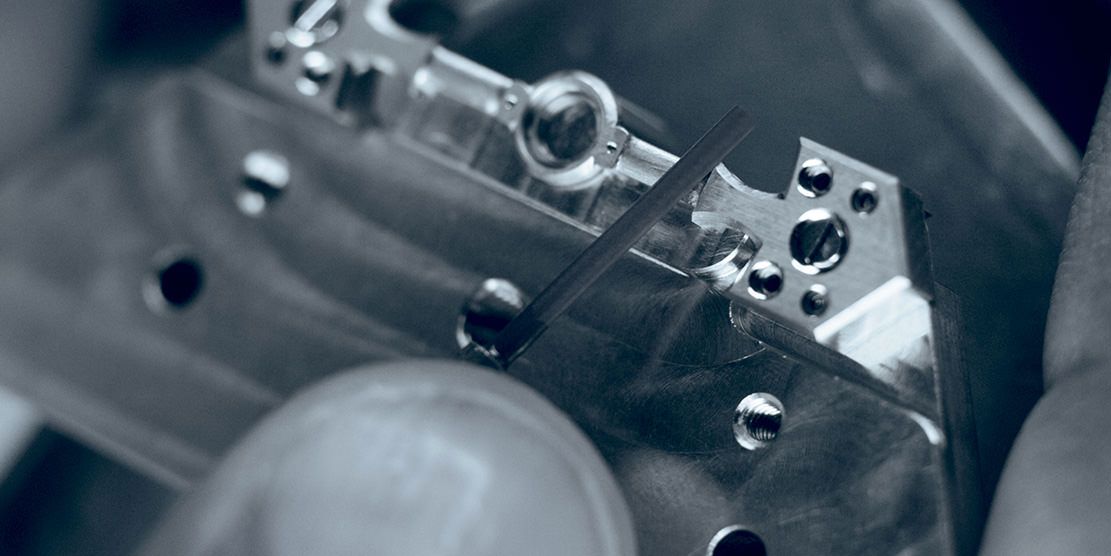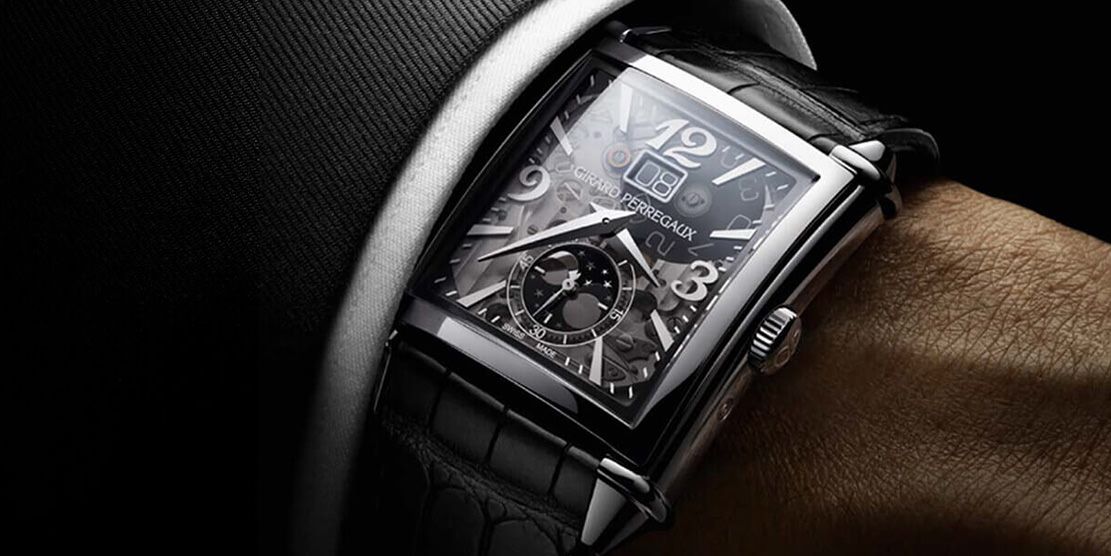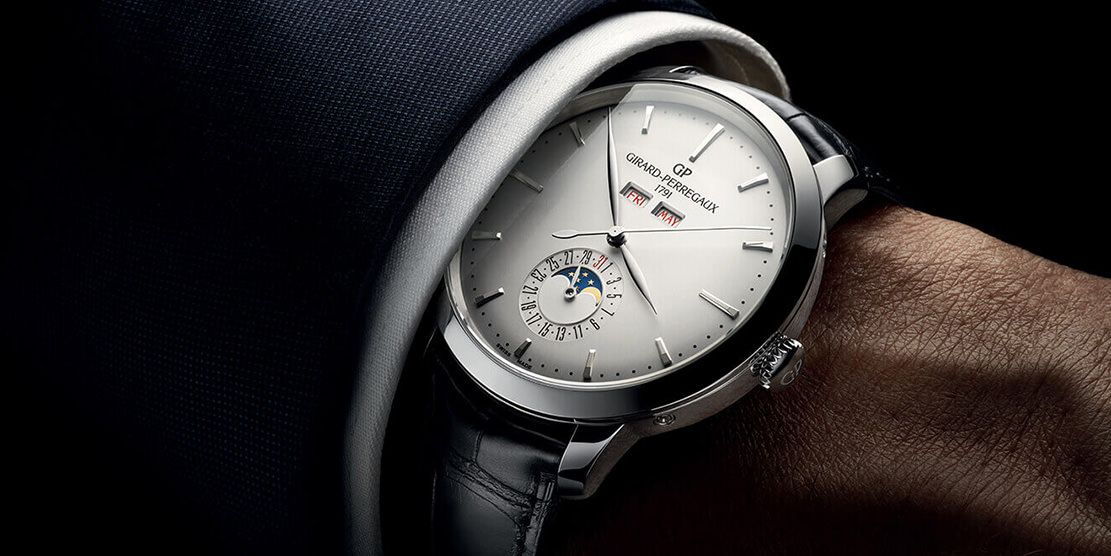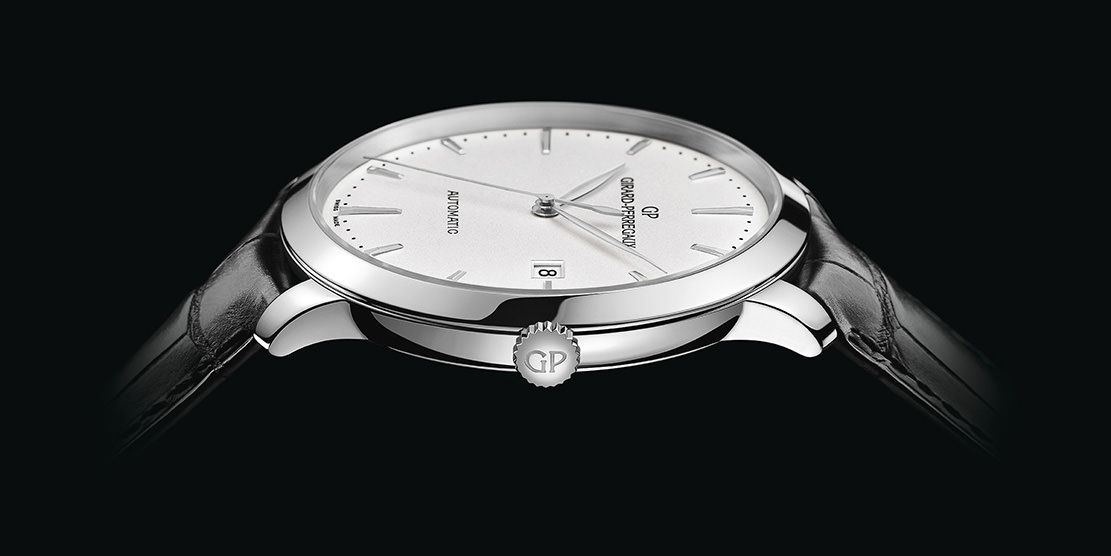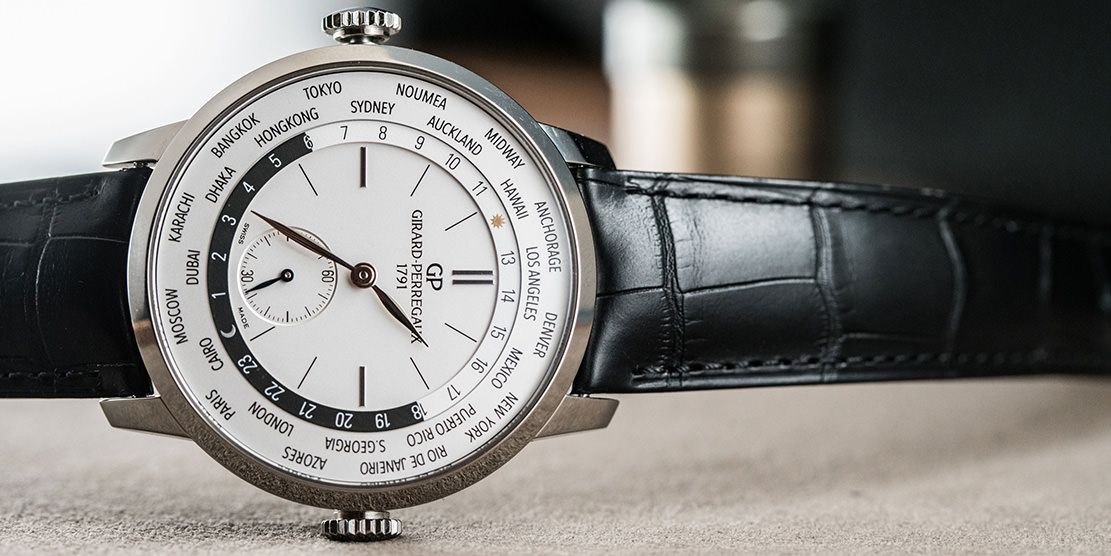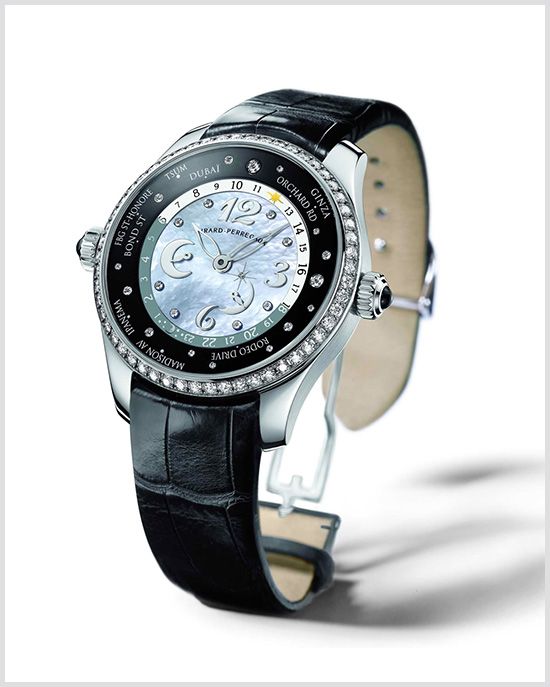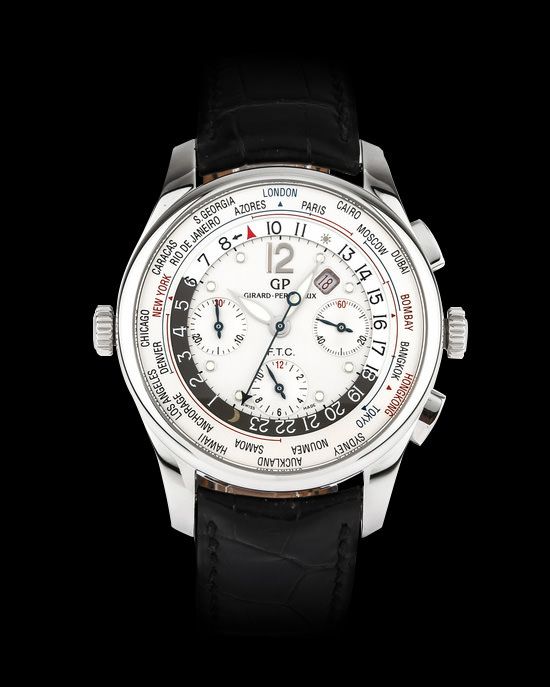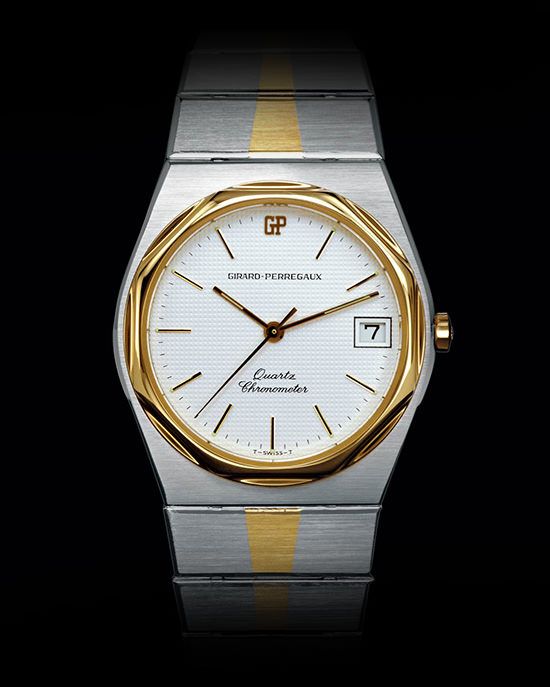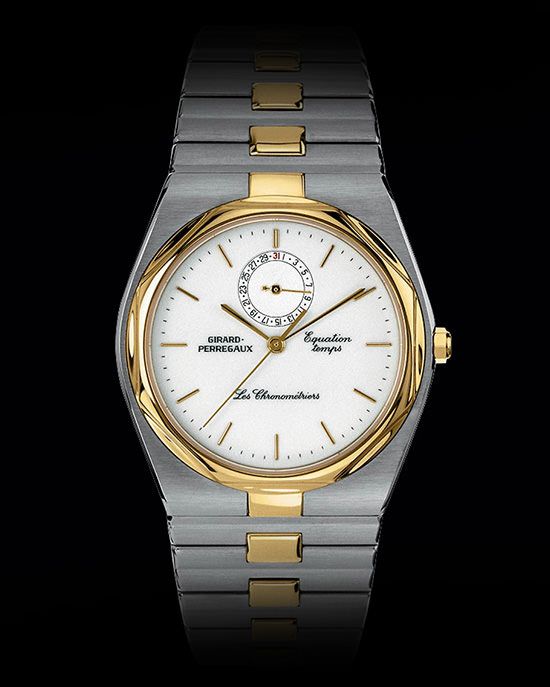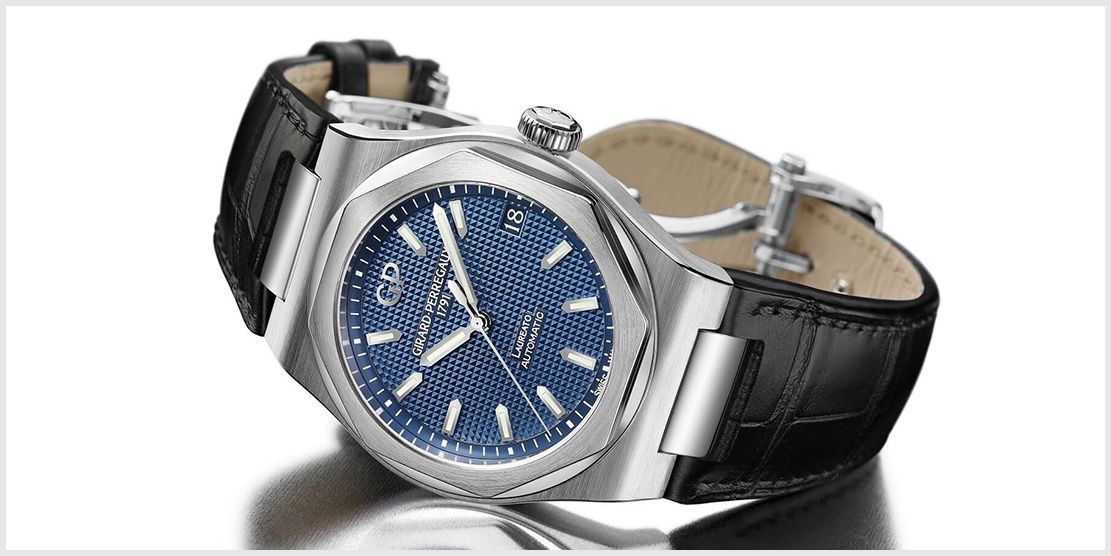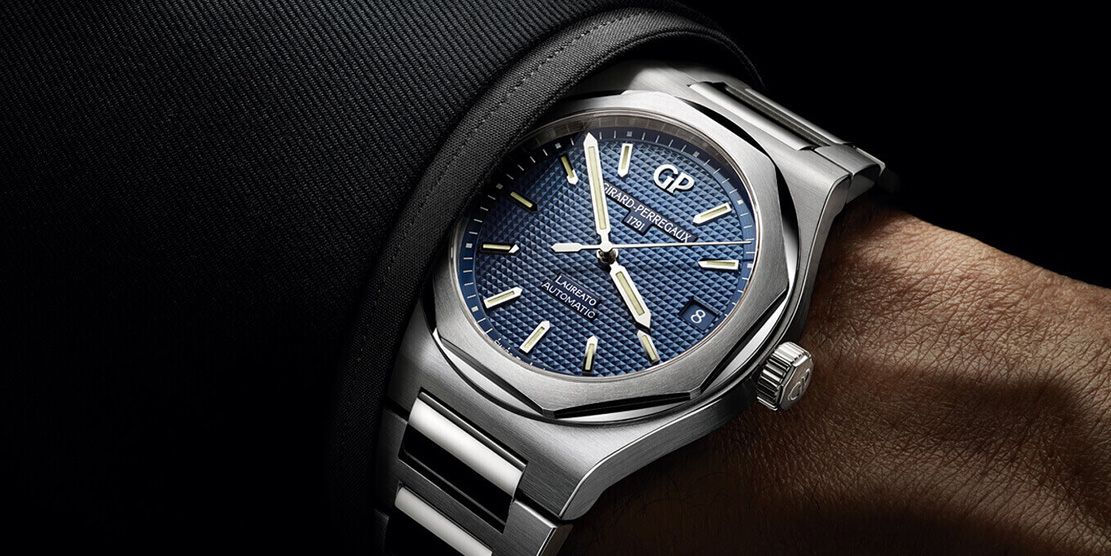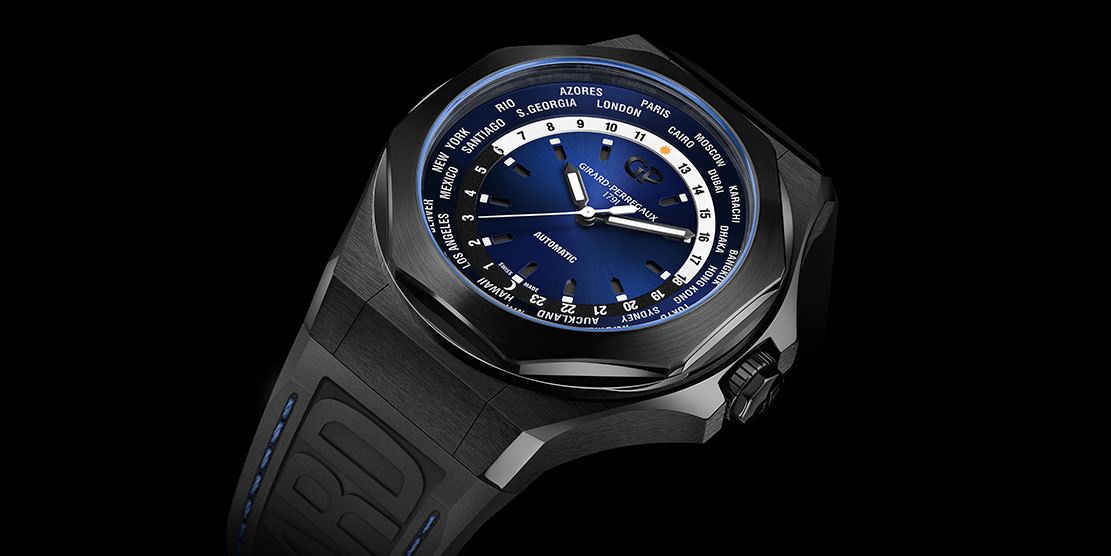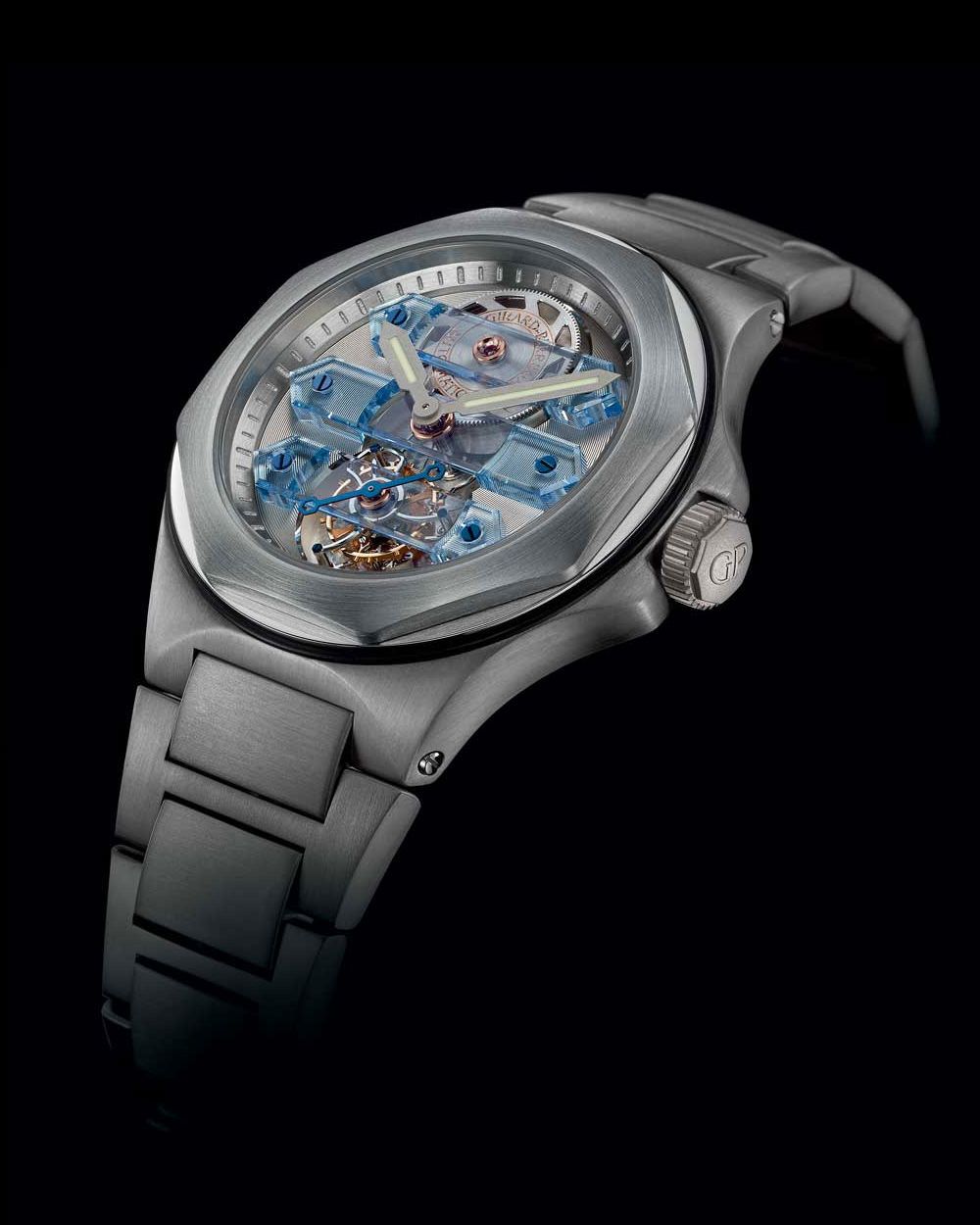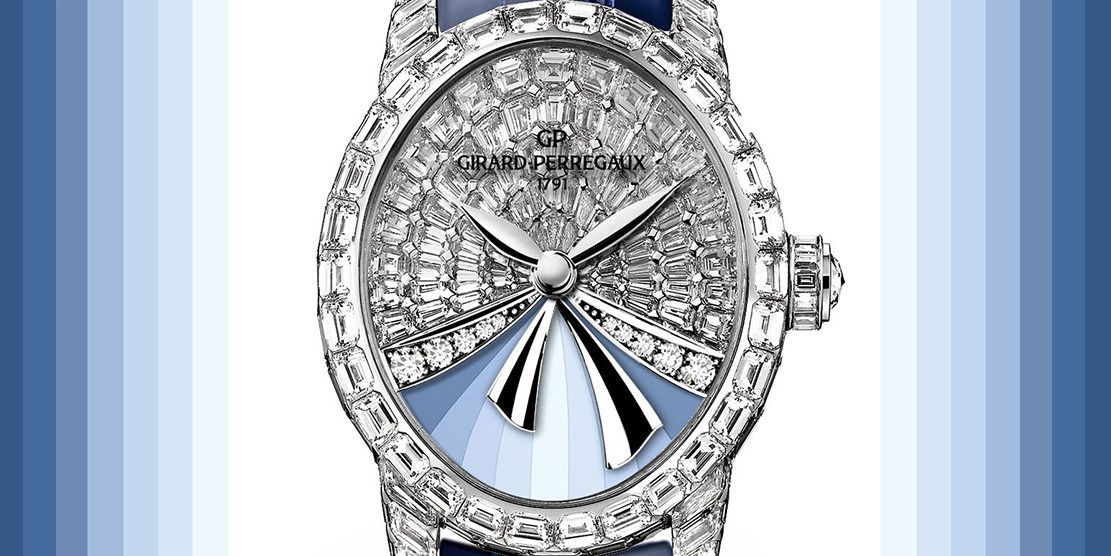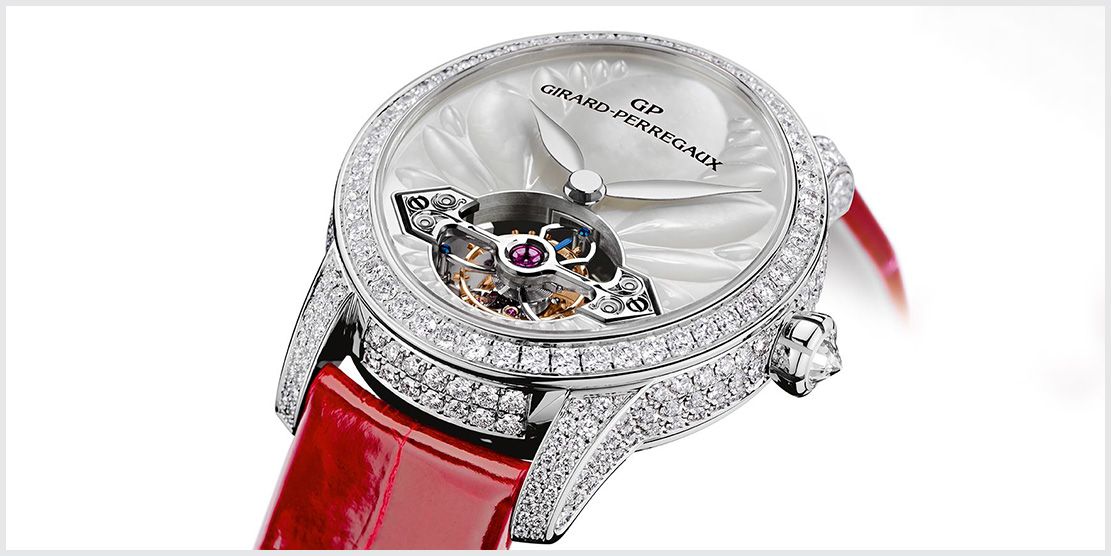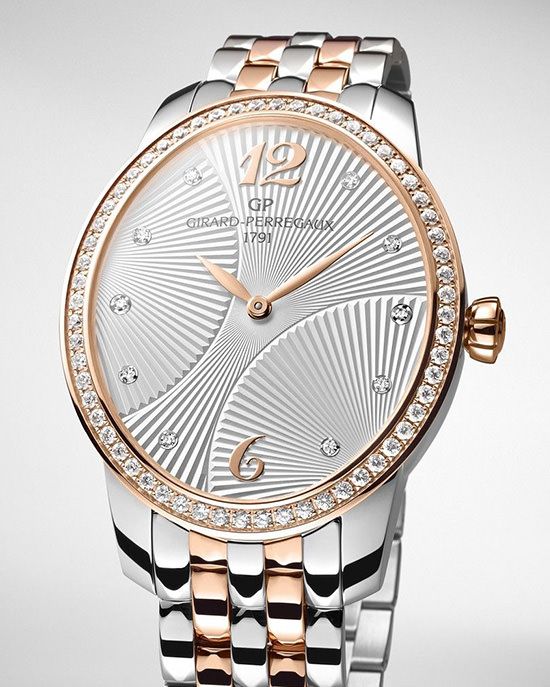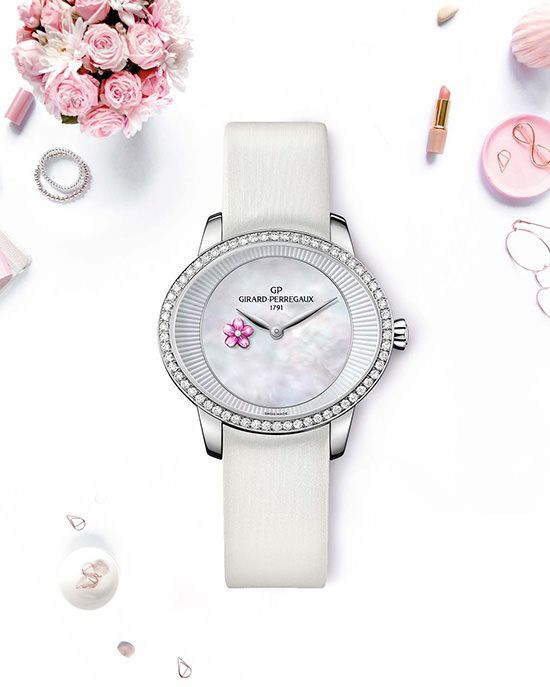FeatureBehind The Bridges: Understanding Girard-Perregaux
Counted among some of the most highly regarded Swiss watchmaking maisons of all time, Girard-Perregaux has embodied a spirit of innovation, while developing remarkable watches and upholding a strong identity that carries tremendous weight with nonchalant authority. Read on to acquaint yourself better with Girard-Perregaux
May We Recommend
There are watches from certain manufacturers that instantly strike me as distinctive in personality and expressing an identifiable look in such a way that they still reflect a classicism that speaks to their rich and illustrious history. Even steering clear of over-the-top design and a confrontational demeanour, these objects of timekeeping can still present an innovative and edgy appearance, but with an understated authority in the craft of watchmaking. One such manufacturer is the house of Girard-Perregaux—the Swiss watchmaking establishment that today carries a strong line of fine timepieces, each of which connects with the roots of the maison and exemplifies the values that built it. From the recognisable form of the Laureato and the elegant oval silhouette of the Cat’s Eye to the unmissable look of the Vintage 1945 and the striking visual identity of the Bridges collection, each series from Girard-Perregaux has a story to tell. And it all started in the 18th century, 228 years ago.

Although the company was founded—as Girard & Cie—by watchmaker Constant Girard in 1852, the roots of the manufacture’s watchmaking go back to 1791, when a young and gifted Geneva watchmaker and jeweller, Jean-François Bautte, presented his first collection of watches. Bautte had the business acumen to provide his talent with a platform to thrive on, as it led to the establishment of his own manufacturing facilities. Garnering tremendous acclaim for his work, Bautte had an organised production of watches, jewellery, and other mechanical instruments such as music boxes and automata.
When Girard Met Perregaux
Constant Girard married Marie Perregaux the same year he founded his company, and in 1856, it became Girard-Perregaux. This was also in part because of the extensive work Girard did with Perregaux’s brothers, Henri, François, and Jules. The Perregauxes helped significantly in taking the Girard-Perregaux name overseas. While François saw an opportunity in the east—in 1859—establishing a clientele in Japan, Henri tapped the potential in South America, on opening a dealership in Buenos Aires in 1865. By this time, even the watchmaking was going places, and Girard-Perregaux was being recognised for its savoir faire.

Inner Beauty That Lives On
Constant Girard-Gallet, the son of Constant Girard-Perregaux, took over the company after his father’s death in 1903. Later, in 1906, he acquired the Bautte House, adding to the strength of the Girard-Perregaux brand. In 1928, the share capital of Girard-Perregaux itself was taken over by watchmaker Otto Graef, who also owned the watch brand MIMO. Yet, the manufacture continued to uphold the values of the founder, who believed in enhancing the construction of the watches and their components to the point where they would become an unmistakable signature.
In 1992, when Luigi Macaluso took charge of the company, he too was driven by the desire to create beautiful mechanisms, in addition to beautiful exteriors. It’s one of the many factors that help distinguish a watch manufacturer of Girard-Perregaux’s calibre. Even today, the surfaces of even internal components are decorated as appropriate. The satin-brushing of flanks, sunray-brushing of wheels, circular-graining on the main plate, the Côtes de Genève on the bridges, the mirror-polishing, round-polishing and bevelling of other components are all commonplace for Girard-Perregaux.
An Italian entrepreneur, architect and former race car driver, Luigi Macaluso also pushed Girard-Perregaux into becoming a major player of contemporary haute horlogerie. He was even instrumental in the brand’s partnership with Italian luxury carmaker, Ferrari, between 1994 and 2004—a collaboration that gave birth to Ferrari special edition watches.
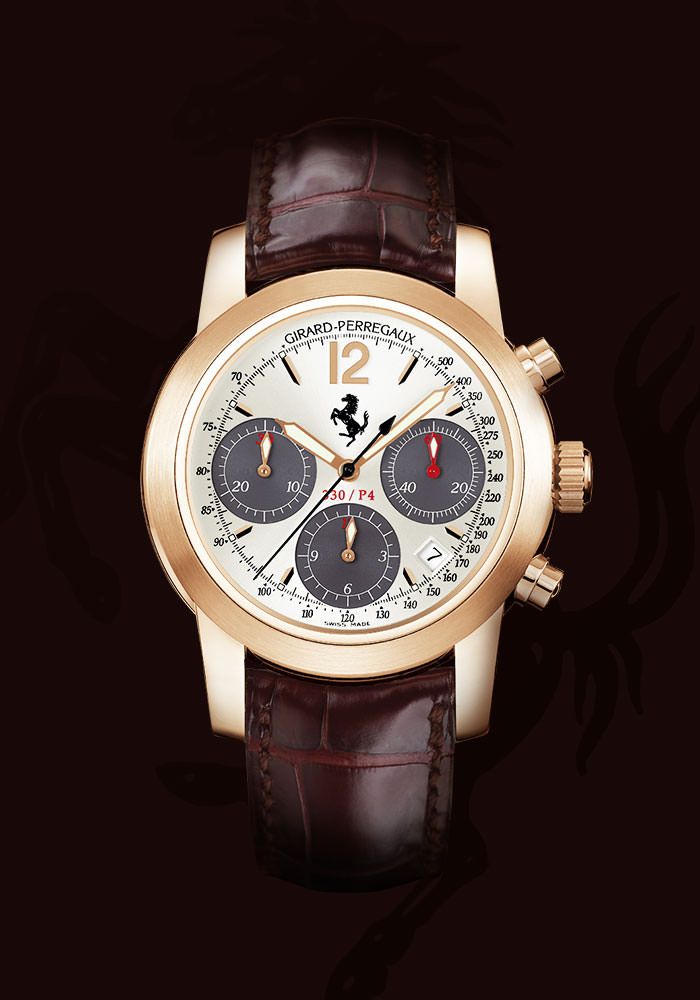
The Legendary Bridges
One of the biggest claims to fame that Girard-Perregaux has had through its 228-year-long history has been its Tourbillon with Three Gold Bridges. A precursor to the contemporary Bridges collection, its creation was initiated in the 1850s, when Constant Girard-Perregaux began work on a timepiece with a tourbillon regulator, which was fitted on a calibre with three parallel bridges. For this watch, he won the first medal in Universal Exhibition in Paris in 1867. Eventually submitted for a patent at the US Patent Office in 1884, the bridges of the watch were redesigned as parallel two-headed arrows, which are still a trademark of the Girard-Perregaux brand today. In 1889, the Tourbillon with Three Gold Bridges won a gold medal at the Universal Exposition in Paris.
Eventually, the Three Gold Bridges translated to a wristwatch and gave birth to an entire range of ‘Bridges’ watches. Today’s Bridges collection takes forward the distinctive visual identity of those three parallel bridges, with the flexibility in the number of bridges depending on the functions and mechanical requirements of each model. Some of the modern Bridges timepieces have given us splendid open-worked displays and stunning grand-complication watches even.
An Art Deco Revival
In 1945, Girard-Perregaux released an art deco-inspired rectangular watch, which became a roaring success. Rectangular timepieces were gaining popularity, as wristwatches had all but replaced pocket watches by then. New, sleeker styles such as rectangular cases had become quite the rage. Fifty years later, that 1945 Girard-Perregaux was revived as an entire collection called Vintage 1945. Today, 24 years after that, it is still among the brand’s five signature product pillars, as it continues to exemplify the art deco design codes, characterised as it is by subtle features such as the gadroon on the rectangular case. Yet, the Vintage 1945 series ironically also has some very modern-looking designs, including skeleton displays with futuristic elements, along with materials that certainly reflect an avant-garde approach to watches.
In fact, one of the most interesting and innovative watches I’ve ever come across is the Vintage 1945 Jackpot Tourbillon, released about seven years ago. In addition to featuring a tourbillon—with an identifiable Girard-Perregaux bridge—the watch also applied the mechanical principles of haute horlogerie to present a casino slot machine game, which was a terrific little quirk that anyone would enjoy.
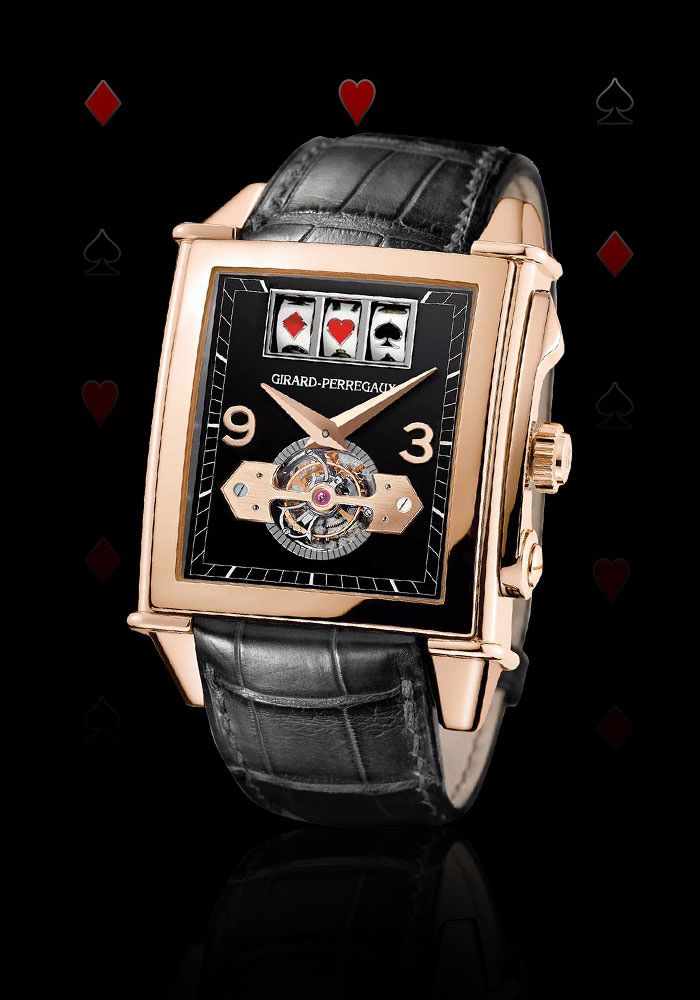
The 1966
Innovation is seen across the lines of Girard-Perregaux. The beginnings of their contemporary classical 1966 line go back to a watchmaking breakthrough that the manufacture made in 1957. It was the Gyromatic—housing an ultrathin self-winding mechanical movement, which allowed the case to be remarkably thin. The concept of the Gyromatic was developed further and reached its peak in 1965, and in 1966, the brand introduced the world’s first high-frequency self-winding movement—beating at 36,000vph. This ground-breaking calibre became the inspiration for an entire collection named after the year it was unveiled. The contemporary 1966 watches pay tribute to the innovative spirit of the maison, even as they offer classical, archetypal designs.

In addition to thin and refined dress watches, the 1966 range also includes a few complication pieces, such as Girard-Perregaux’s own world timer—the WW.TC (Worldwide Time Control). This world timer is known for its ring around the dial featuring names of cities corresponding to time zones. The WW.TC series has, in fact, even given us a few exemplary and innovative time zone indicators. Two particularly significant releases among these were the WW.TC Lady 24 Hour Shopping and the WW.TC Financial Bombay Stock Exchange. In the former, instead of all time zone cities, highlighted around the dial were the most prominent shopping districts around the world, including Rodeo Drive in California, Bond Street in London and Ginza in Tokyo. On the other hand, in the Bombay Stock Exchange watch, the indicated time zones included highlighted cities of prominent stock exchanges, including Bombay—a particularly useful watch for stock traders who need to keep track of the opening times of markets around the globe.
The Graduate Watch
From classical and elegant timepieces to watches with a sportier appeal, the Laureato collection of Girard-Perregaux was introduced to the world in 1975 as a luxury sports watch—a segment that was gaining prominence around the time. Characterised by the octagonal bezel—seen even in today’s Laureato timepieces—and the linked bracelet, quite like the ones you see on Omega’s core Constellation collection. The 1975 watch was powered by a quartz chronometer—a move triggered by the ‘quartz crisis’ that drove many manufacturers to develop their quartz capabilities. What’s particularly interesting though is how the Laureato name came about. It was actually following the then recent success of the iconic Dustin Hoffman-starring film The Graduate, which inspired an Italian distributor of Girard-Perregaux to suggest they call the new collection ‘Laureato’ (Italian for ‘graduate’).
The collection made another mark in a 1984 mechanical version, with separate interlinks on the bracelet—an evolution towards what you see in the Laureatos of today. Other evolutions along the way were the inclusion of the Three Gold Bridges movement in the Laureato in the 90s. After an early 2000s’ edition, the most recent revival of Laureato was in 2017, which has made it a mainstay of the brand. The sporty Laureatos of today are distinguished by the octagonal bezels, first seen in ’75, and the seamless lug design. With bracelet and strap options, the Laureatos most commonly have Clous de Paris-textured dials, in three-hand and chronograph models. Complication editions have even included tourbillon and perpetual calendar versions and even one with the WW.TC, as seen in a 2019 release.
A true crossover between collections, this highly coveted Laureato Tourbillon with Sapphire Bridges is an extraordinary interpretation of the brand’s own signature Bridges:
The Ladies-Exclusive Cat’s Eye
While the Bridges, Vintage 1945, 1966 and Laureato series have had several models meant for ladies over the years, one series that is especially for ladies is the Cat’s Eye collection. Launched in 2004 and named after the oval-shaped construction that is reminiscent of the shape of cats’ eyes, these watches present a plethora of options for women—from simple, everyday and dress watches, to high complication and haute joaillerie timepieces.
The Cat’s Eye collection includes some exquisite jewellery editions that reflect mastery in advanced gem-setting, and an interesting use of materials. Ladies who appreciate advanced timekeeping as well can benefit from the offerings that even feature complication innovations such as the famous Tourbillon with Three Gold Bridges. Others such as moon phase displays and power reserve indicators are more commonly seen.
In 2014, Girard-Perregaux celebrated 10 years of the Cat’s Eye. In 2017, they revived the Laureato. Somewhere along the way, in 2011, the French group of luxury brands, Kering, became a majority stakeholder of the brand, after sustaining a partnership with the Sowind holding company—founded by Luigi Macaluso—which Girard-Perregaux was a part of by then. The Kering brands presently include Gucci, Alexander McQueen, Bottega Veneta, Brioni, and among the watch brands, JeanRichard and Ulysse Nardin. Through these changing times and ownerships, those at the helm of Girard-Perregaux never lost sight of the tremendous accomplishments of those that came before them. From being among those watchmakers who believed in the revival of mechanical watchmaking through the quartz crisis, to creating stellar horological innovations over the years, the brand’s values have stood the test of time. And with the evolution of these values, the watchmaking offerings continue to be distinctly Girard-Perregaux.


